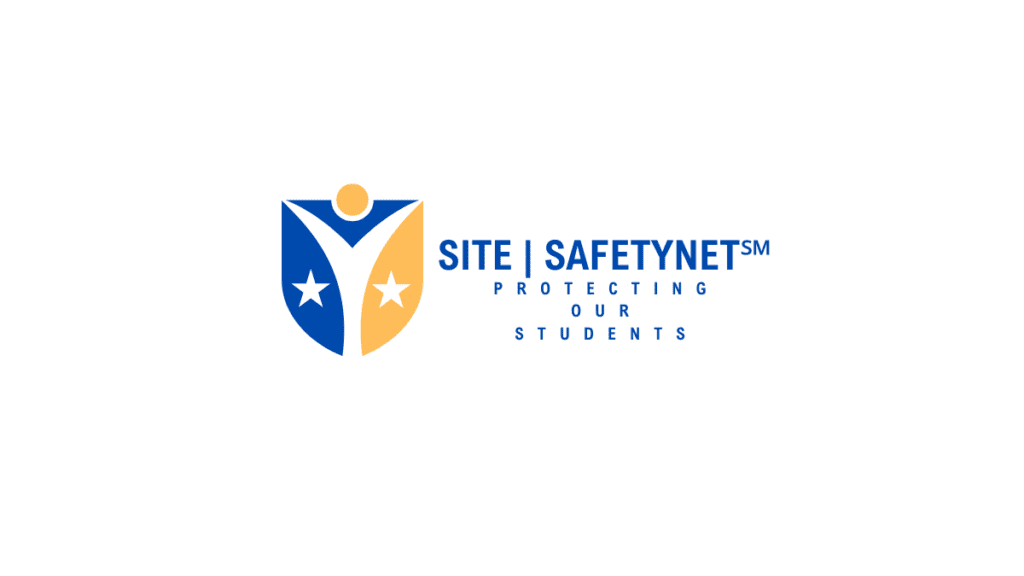 Protecting Our Students – DONATE
Protecting Our Students – DONATE
By Robert Jordan
The tragedy of 9/11 was primarily due to a failure of imagination. Despite clear indications of an imminent terrorist attack, these warnings went unheeded. Leading up to September 11, the frequency of suicide terrorist attacks by Al-Qaeda and other Islamist militant groups surged worldwide, a trend evident from data tracking these incidents since 1979.
Disturbingly, this trend mirrors the rise in school shootings in the United States over the past six years. Despite this rapid increase, many schools have not significantly changed their approach to security since the Columbine tragedy. #activeshooter
Ignoring the signals of escalating violence left us unprepared for the catastrophic events of 9/11. Similarly, schools today face not only a rising number of school shooting incidents but also increasingly sophisticated attack plans. Just this spring, a student was apprehended with rocket-propelled grenades, and another planned to use sedative gases to disable alarm systems before initiating an attack.
Schools have become quantifiably less safe after two decades and billions of dollars spent with questionable effectiveness. School security and police response plans must evolve to anticipate future student threats. #gunsense
Are schools prepared for these ten scenarios right now?
-
Attack planned and executed by a teacher
-
An attack carried out by an adult and a student in collaboration
-
AI-generated swatting calls
-
Drone-based attacks
-
Intentional fire or chemical release
-
Rocket-propelled grenade attack
-
Cyber-attacks targeting school security systems
-
Domestic terrorist attack
-
Foreign terrorist attack
-
School shooting carried out by a police officer
While these scenarios may sound far-fetched, schools must be ready for such possibilities. Military planners at NORAD faced ridicule in the 1990s for suggesting planes could be used as missiles, yet this became a reality on 9/11.
Nobel-winning economist Daniel Kahneman noted that we overestimate the likelihood of familiar events and underestimate unfamiliar ones. Schools and police find it hard to conceptualize drone attacks because they haven’t yet occurred, unlike the all-too-familiar scenario of a student with a gun in a classroom. This unfamiliarity leads to a kind of cognitive blindness.
Unfortunately, many of these “future” threats have already happened in some form. Just as previous plots targeting the Twin Towers did not prepare intelligence agencies for 9/11, school officials and police are missing the signals needed to prevent the next attack.
Most school security measures focus on keeping intruders out of buildings and classrooms. But what if the attacker is a teacher who locks the classroom door from the inside, along with dozens of students, and police are unable to gain entry?
Teacher-Related Incidents:
This scenario is not fictional. In May 2024, a Kentucky teacher was removed from the classroom and charged with terroristic threatening after telling students he would be the next school shooter. An Oldham County High School student alerted staff after Michel J. Tripp made these threats.
At least 33 teachers and staff members have fired shots inside schools, often disgruntled employees facing termination or recently fired.
In 2023, a teacher experiencing a mental breakdown attempted to set the school building on fire while roaming the campus shirtless with a pistol.
Most students are too young to purchase firearms, and if their parents keep guns secured, these students will not have access to them. But what if a student plans an attack with an adult who can buy the weapons?
On February 8, 2024, a 14-year-old male student in Cincinnati, Ohio, was arrested for plotting a #schoolshooting at Mariemont High School. Prosecutors charged the teenager with conspiracy to commit aggravated murder. Another student who learned about the plot reported it to his father, who notified the police.
Text messages released by Hamilton County prosecutors revealed conversations between the student and a man in his 20s living in Colorado Springs (near Columbine) over five days in January.
This plot is significant due to its complexity and unique elements:
- Use of anesthesia gas to incapacitate everyone in the building
- Disabling school surveillance cameras
- Using a gun owned by the student’s father
- Wearing two sets of clothing to change quickly after the attack
#Swatting hoaxes, which involve making false 911 calls to trigger a significant police response, date back to the 1970s. In these scenarios, someone makes an elaborate report of an active shooter, bombs, or a hostage situation to dispatch a high-priority police response.
About SITE|SAFETYNET℠
SITE|SAFETYNET℠ offers a real-time, cloud-based #schoolsafety assessment platform designed for K-12 schools. Overview Video HERE! [1 min] Our proprietary 60-point Safety Zone Assessment, Dynamic Safety Score (DSS), and Automated Safety Reports (ASR) provide continuous safety assessments and real-time insights to enhance school safety. Learn more at sitesafetynet.org.
Based on an article by @david_riedman
For more information and resources, visit David Riedman’s website: [link to David Riedman’s website].
CPS Principal, Staff Hinder Police Investigation of Mass Shooting at Pilsen High School

 Protecting Our Students – DONATE
Protecting Our Students – DONATE